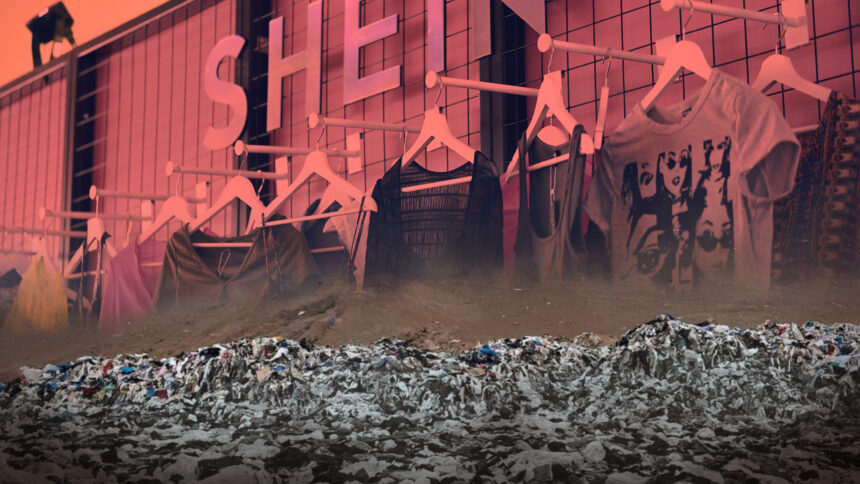Fast fashion centers on the rapid production of inexpensive clothing that follows the latest trends rather than offering garments that are timeless. While this model benefits businesses and consumers in the short term, it comes at a severe environmental cost.
Most fast fashion clothing is discarded and thrown away after a few years. This over-disposing of clothing leads to unsustainable resource use and vast amounts of waste. These garments are typically made from synthetic fibers, which take hundreds of years to decompose, further contributing to pollution and the depletion of the planet’s resources.
Slaying the Scene
The term ‘fast fashion’ was coined by the New York Times back in 1989, referring to inexpensive, poorly made clothing that mass-market retailers produce.
According to the Fashion Institute of Technology assistant professor Dr. Preeti Arya, fast fashion is a business model focusing on the production of garments in bulk at ‘lighting speed’ in response to current trends.
At present, SHEIN is one of the most well-known fast fashion brands that continues to grow with an estimated 600,000 items on its platform, choices are endless and it also promotes low prices and discounts. SHEIN also adds an average of 6,000 new styles to its site every day, based on the data from Earth Day.
Is fast fashion sustainable and eco-friendly?
While fast fashion brands prove to be efficient in meeting consumer demand and meeting trends, so are the impacts on the environment.
The Carbon Literacy Project stated the fast fashion industry contributes more than 10% of carbon emissions, contributing factors include the choice of materials or textiles utilized. Moreover, the International Union for Conservation of Nature expressed that 35% of microplastics in bodies of water today are collectively from textiles.
Despite being labor-intensive, producing clothing also requires a large supply of energy, meaning that it is not, in any way, sustainable. Going beyond the environmental impacts, working conditions in the factories have often been described as inhumane, wherein workers are given little time to rest.
Fast fashion often replicates designs by other established fashion firms, as to why it may be considered design theft.
Stitching the Future
According to the Geneva Environment Network, instead of tolerating companies who are promoting fast fashion, it is necessary to switch to sustainable alternatives.
A 2020 report from the World Bank revealed that around 20% of industrial wastewater pollution worldwide originates from the fashion industry. Meanwhile, EcoFoote suggests switching to second-hand clothing to prevent contributing to the waste of the fashion industry, where it can minimize the cloth waste, contributing to pollution from extreme carbon emissions released.
Aside from environmental effects, fast fashion also has a human cost as textile workers, primarily women in developing countries, are often paid derisory wages and forced to work long hours in appalling conditions, based on a United Nations Environment Programme (UNEP) report.








